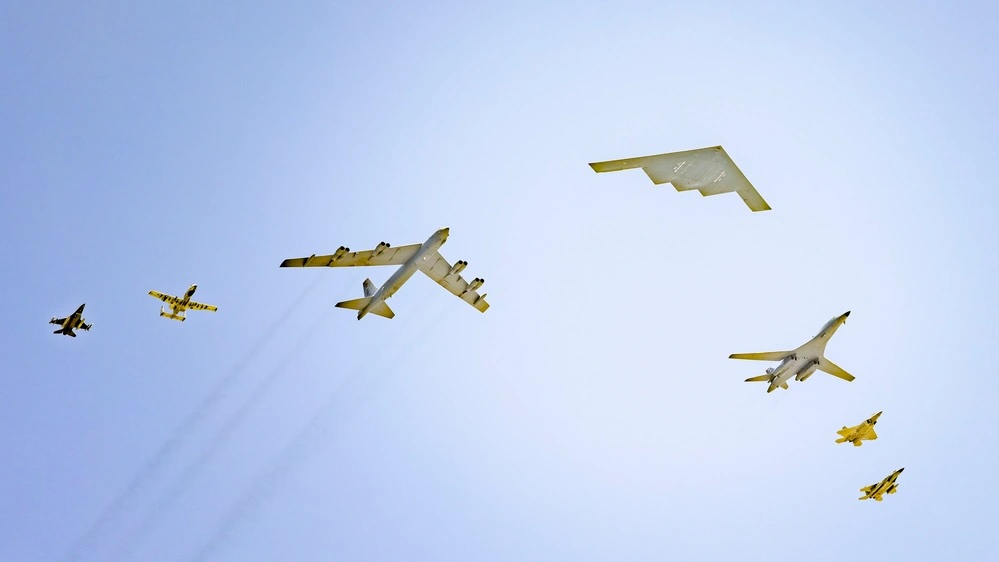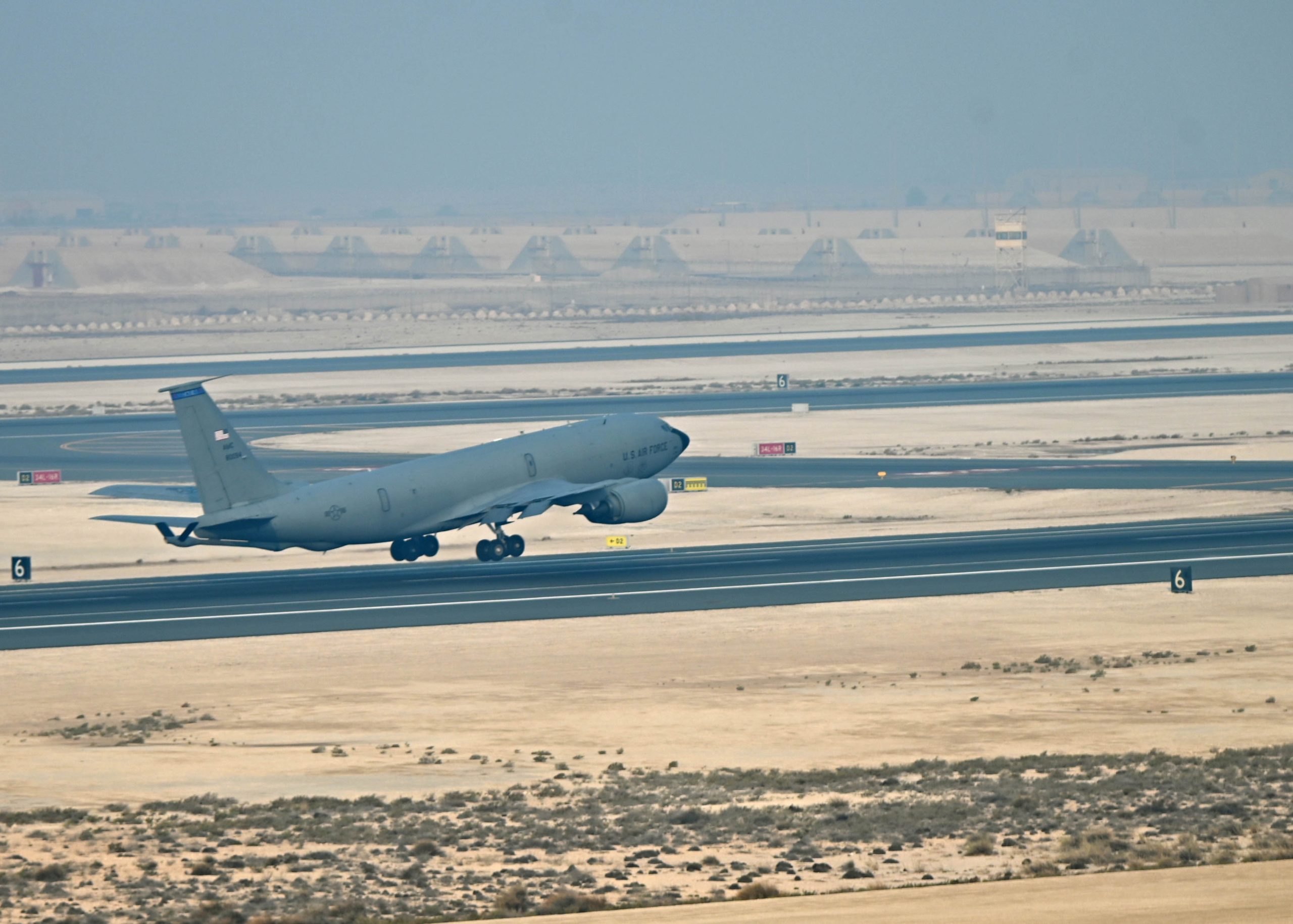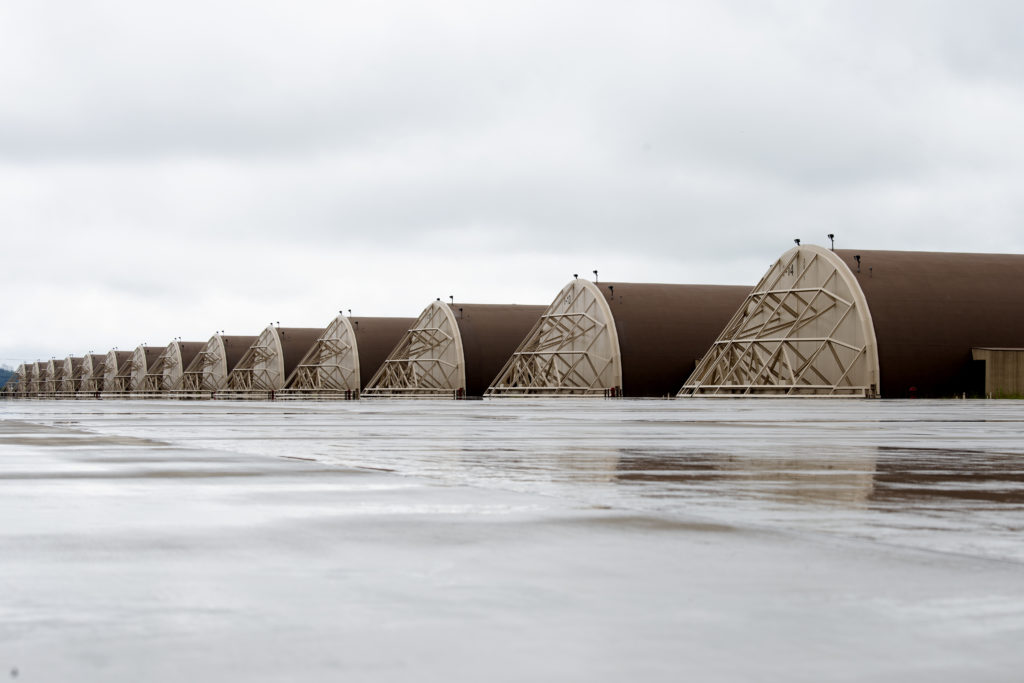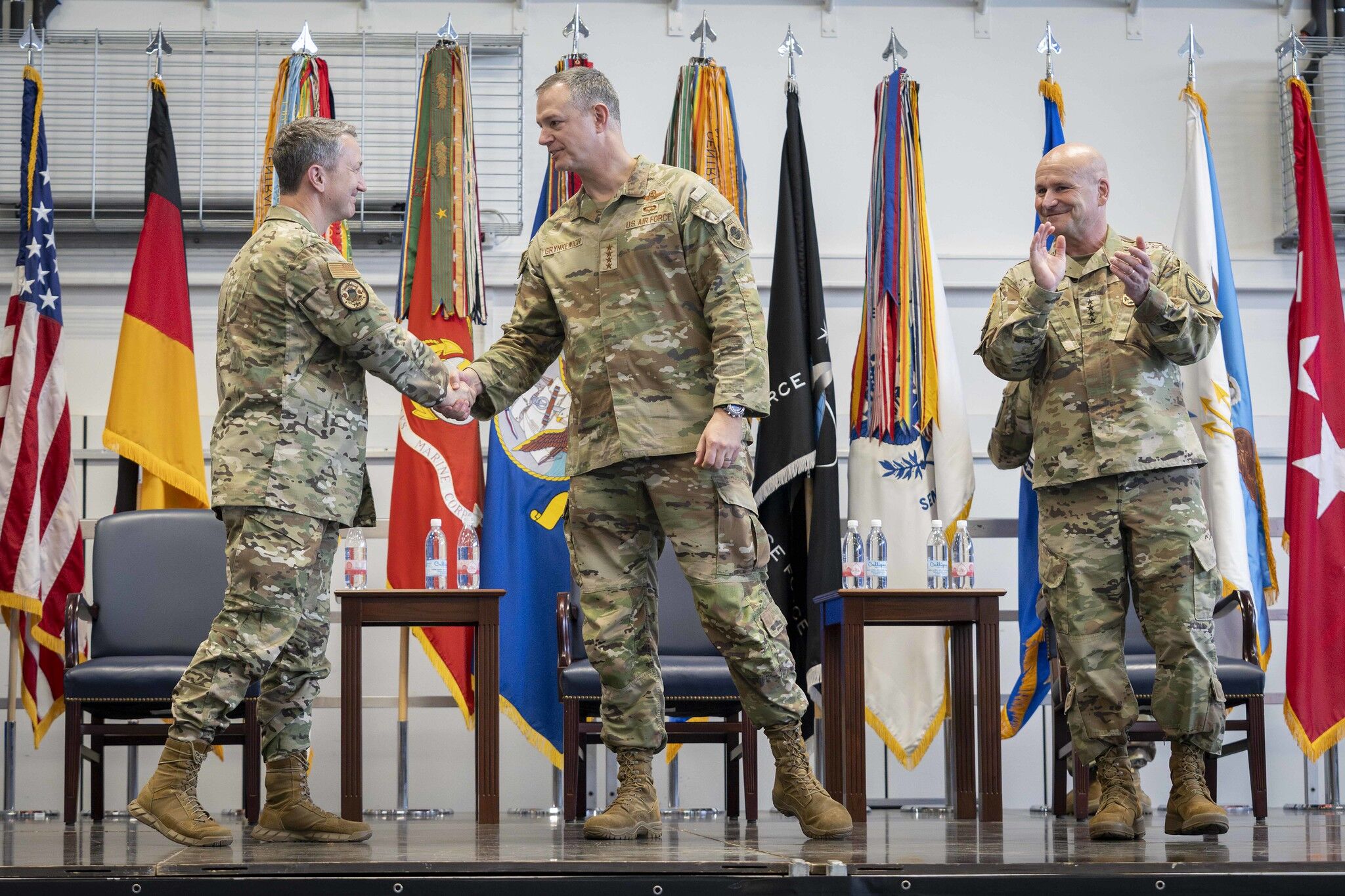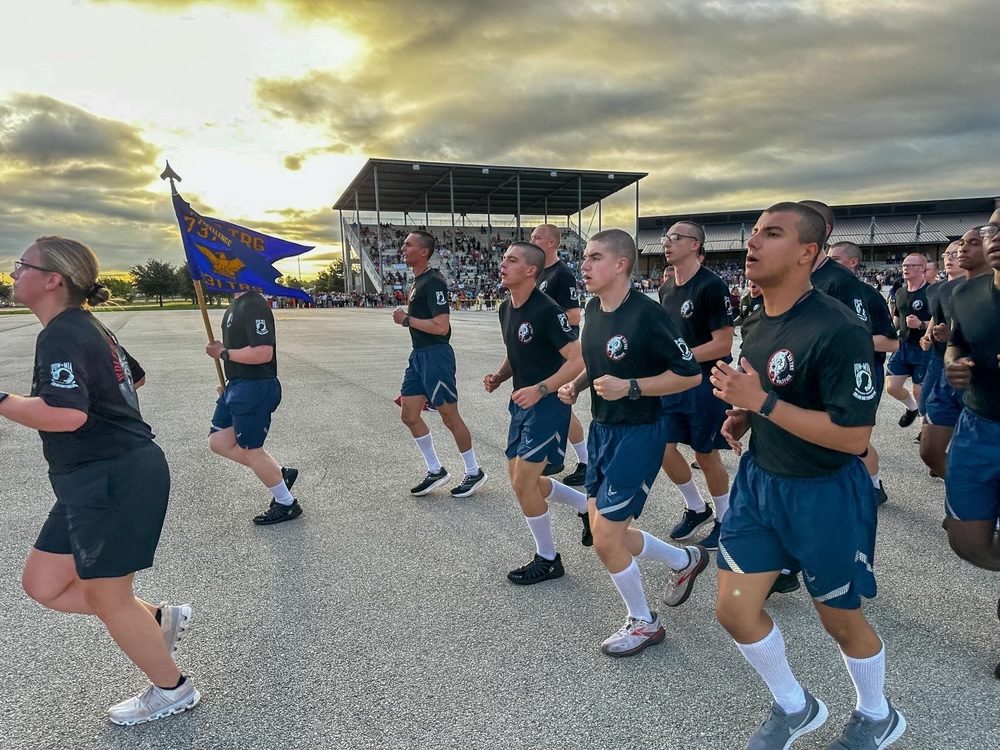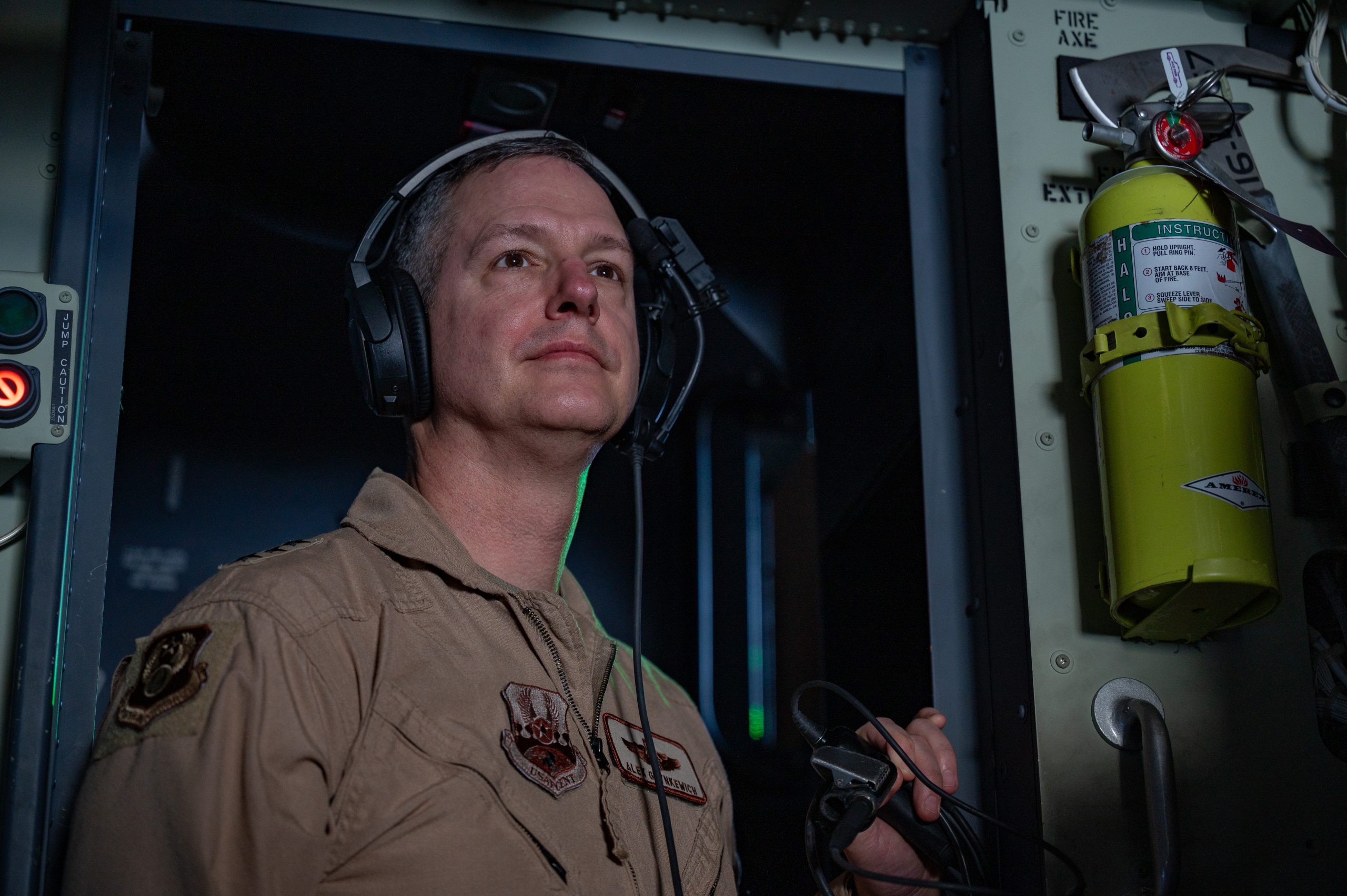The Pentagon’s fiscal 2026 defense budget, submitted to Congress last week, accelerates the downsizing of the U.S. Air Force. It proposes divesting 340 aircraft, while only acquiring 76. These cuts risk the Air Force’s ability to prevail.
“Peace through strength” has been a sounding cry for the Trump administration, as it was in the Reagan era 40 years ago, but rhetoric alone cannot enhance military readiness or restore deterrence overseas. That takes resources—investments in planes, weapons, and people. If the President wants the security options afforded by airpower, then he needs to invest in it. Congress must also work to rebuild America’s Air Force.
The U.S. Air Force is unique in its scale and scope. Airmen ensure air superiority, provide global strike and rapid global mobility, generate intelligence, surveillance, and reconnaissance, and enable command and control. They are responsible for two-thirds of America’s three-leg nuclear deterrence mission.
While the Navy, Marine Corps, and Army each possess their own elements of airpower, only the Air Force has the volume, range, and heft to meet combatant commander requirements at scale. Navy, Marine Corps, and Army aviation focus primarily on supporting their own service-centric organic missions, like fleet defense, protecting the Marine Air-Ground Task Force, and supporting Army unit movements; only the Air Force focuses all its capabilities on the joint force mission.
Here’s why that’s so important: When the Air Force takes a hit in the budget wars, the entirety of joint force operations feels the impact.
When President Trump ordered the June 22 strike against Iran’s nuclear facilities, U.S. Air Force’s B-2s were the only aircraft in the world with the range, payload capacity, and stealth to execute the mission. None of the other U.S. military services or our allies could drop bombs of that size and capability, nor inflict the same kind of damage with something else. Few have the supporting elements that made it possible—large numbers of aerial refueling tankers, air battle managers, or the radar-evading advanced stealth fighters required to escort the stealthy B-2s to their targets.
Despite the spectacular display over Iran, America’s Air Force is no longer what it once was. Today, it is too old, too small, and too under-resourced to ensure the ready forces necessary to deter aggressors around the world and guarantee victory in a fight if circumstances warrant. In the two decades following the 9/11 attacks, the Army received $1.3 trillion and the Navy $900 billion more than the Air Force. The result is the Air Force is out of balance—with too many aircraft aging out of service, and too few modern weapons, planes, and parts.
The Air Force originally planned to acquire 132 B-2s, but post-Cold War budget cuts ended the program after only 21 were built. Just 19 remain in the active inventory today. In the 2000s, the F-22 fleet, once planned to include 750 planes, was cut short at 187. Today, F-35 acquisition continues to lag years behind planned numbers. Time and again, recapitalization plans have been delayed for other aircraft. The E-3 AWACS and E-8 JSTARS were supposed to be replaced in the early 2000s. No airborne JSTARS replacement was ever developed and the E-3 replacement, the E-7, will be cancelled in 2026 if the President’s budget plan is adopted.
Across the Air Force fleet, modernization plans have been cut, curtailed, or delayed repeatedly over the past three decades. Risks have compounded. Previous leaders simply extended the lives of older aircraft to fill the gap, but eventually, aircraft grow too old and frail to keep flying. Much of today’s fleet is reaching that point and the Air Force may soon be unable to perform critical missions.
The 2020s were supposed to be the decade when the Air Force finally modernized. The B-21 bomber, F-35, F-15EX, and F-47 fighters, Collaborative Combat Aircraft (CCA), T-7 trainer, Sentinel ICBM, E-7, EA-37B electronic warfare jet, KC-46 tanker, and more were all positioned to reset the force. They still can, but it requires more money.
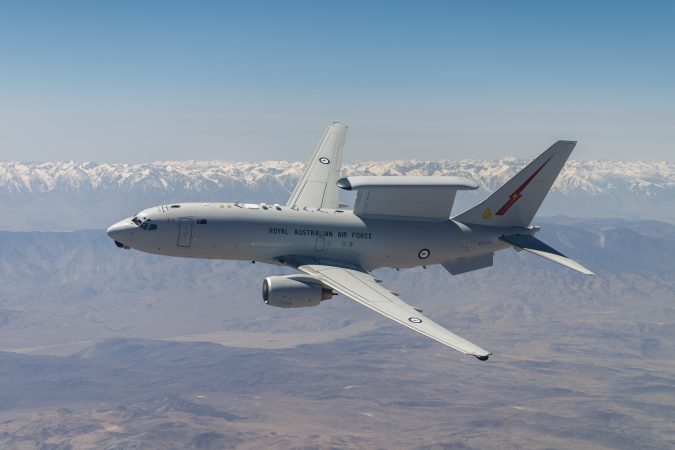
Under this newest defense budget, the Trump Administration’s fiscal 2026 defense request fails to make the necessary investments to ensure a ready, capable Air Force at scale. Thought service leaders have long maintained that the Air Force needs to acquire at least 72 new fighters per year to ensure air superiority in combat, this year’s budget funds a mere 45—the fewest in years. At the same time, the budget seeks to divest all162 remaining A-10 aircraft before replacements arrive. Airmen will seek employment elsewhere, at a time when we badly need their services to meet burgeoning mission demand.
The budget cancels the E-7 in favor of space-based capabilities that do not yet exist in operational form, and will probably will not appear until the mid-2030s. We’ve seen this before: Seven years after the Air Force cancelled the E-8 JSTARS in 2018, its space-based successor solution has yet to emerge. These gaps are risk decimating the air battle manager career field.
Training is another problem area. The budget retires 35 T-1s, but only buys 14 T-7s. This is a complex issue given delays in the T-7 program, but the net effect is a downsizing of the training inventory at a time when the service wrestles with the long-standing pilot training shortfall and the advanced age of the T-38.Likewise, the budget plan calls for cutting 14 C-130s while buying zero replacements. And this comes at a time when we know Pacific operations demand more airlift, not less.
The impact of these cuts is clear. Fighter bases now lack aircraft, most notably Kadena Air Base, Japan—our primary air base in the Pacific. Tinker Air Force base in Oklahoma has seen its inventory of E-3s cut in half. At Robins Air Force Base, Ga., where the E-8 JSTARS made its last flight in 2023, aircrews wait for space-based battle management capabilities to come online. They have zero operational capability at their home station.
One B-2 bomber—which was part of the decoy force launched as part of the Iran strike—is marooned in Hawaii. It made an emergency landing due to a mechanical issue. Thirty-year-old aircraft break and Airmen are growing fed up, fueling a chronic pilot shortfall.
Air Force Chief of Staff Gen. David Allvin has repeatedly warned that the nation “needs more Air Force.” Congress should heed his warning.
America faces severe threats around the globe. As the famous movie “The Right Stuff declares: “No bucks, no Buck Rogers. Whoever gets the funding gets the technology. Whoever gets the technology stays on top.” A robust Air Force is the key to staying on top. Congress must override the Pentagon’s dangerous cuts and fund the Air Force America needs to fly, fight and win.
